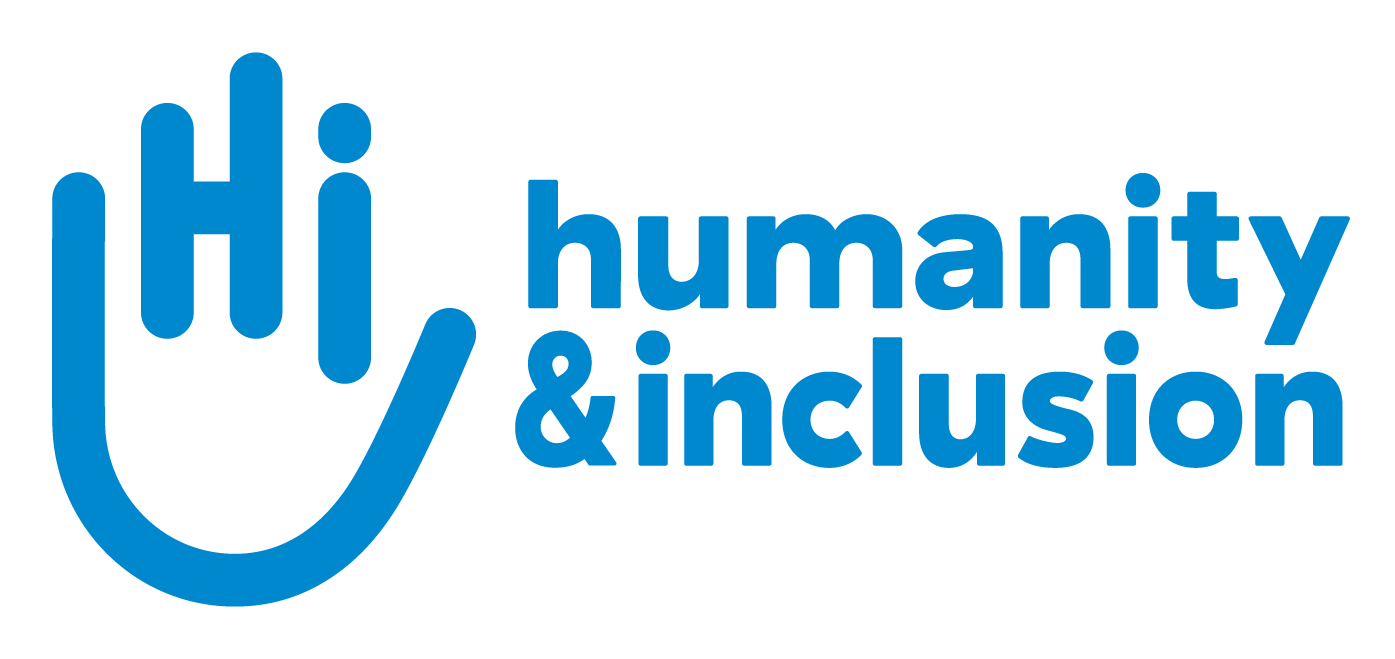Emergency response officers Nyo Nyo Thaw and Wai Kyi were among the first to arrive in Mandalay, Myanmar's second largest city, which had been severely affected.
When they arrived on the evening of March 31, they were shocked by the scene they saw: collapsed buildings and improvised funeral ceremonies in the streets.
Healthcare facilities were overwhelmed and lacked supplies, beds, healthcare workers, and equipment such as crutches and wheelchairs to help the injured. New casualties arrived daily. Buildings weakened by the earthquake were at risk of collapse at the slightest tremor. Thousands of families slept outdoors, fleeing the aftershocks.
“The scale of the disaster was beyond anything we had ever seen before,” said Wai Kyi.
HI's response
In the early hours, HI launched a rapid needs assessment in coordination with hospitals in Mandalay and our local partners on the ground.
- Emergency supplies: Emergency kits containing tents, groundsheets, inflatable pillows, blankets, hand sanitizer, gloves and survival kits.
- Mobility and first aid equipment: wheelchairs, crutches, stretchers, etc.
- Direct support:
- Support for Mandalay General Hospital and Mandalay Orthopaedic Hospital
- Local organization of volunteer ambulance drivers, providing material and psychological support
- Work with a local organization for people with disabilities
- Mobilization of physical therapists for physical rehabilitation
- Deployment of social workers to meet psychosocial support needs.
Emergency rehabilitation: a vital assistance
Three months later, May San Aye, HI's technical expert in rehabilitation, who responded to the emergency, explains:
"It's a mission I'll never forget, because it was the first time I had been involved in an emergency response, including emergency rehabilitation. Training physical therapists in emergency care confirmed to me that we had to act as quickly as possible to get people back on their feet and support them to avoid severe motor complications and long-term permanent disabilities."
A stronger presence in the field
Between March 30 and the end of April, HI deployed four waves of specialists to the field: physical rehabilitation, mental health (MHPSS), a project manager and a logistics team.
A permanent office was opened in Mandalay at the end of April. In early May, the team was expanded to include physical therapists, mental health and psychosocial support specialists, a project manager and community mobilization officers.
This increased presence enables us to:
- Continue providing rehabilitation, psychological support and basic needs response services
- Ensure effective coordination with local partners
- Anticipate long-term rehabilitation and psychological support needs in areas also affected by the conflict.




